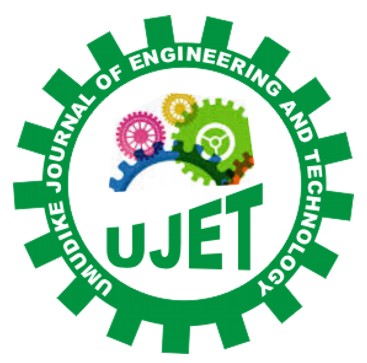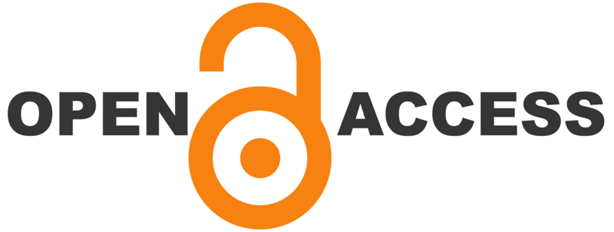|
Kadurumba, C. H.
Department of Mechanical Engineering, Michael Okpara University of Agriculture Umudike, Abia State, Nigeria
Igwe, J. E.
Department of Mechanical Engineering, Michael Okpara University of Agriculture Umudike, Abia State, Nigeria
Nworgu, W. N.
Department of Mechanical Engineering, Michael Okpara University of Agriculture Umudike, Abia State, Nigeria
ABSTRACT
The process of
taper-turning of pulley groove by adjusting the compound rest of a conventional
lathe is consuming much energy and man-hours. The efficiency and trouble free
operation of belt or rope drives largely depend on the groove design of the
pulley. Elimination of rework and rejection caused by this bottleneck activity
(Groove making operation) in the pulley production process requires a Six Sigma
approach which was implemented in this study. The use of the
define-measure-analyse-improve-control (DMAIC) methodology for the different
phases of the project helped eliminate some causes of waste in the process. The
result of iteration no. 1 gave a potential capability index (CP) value equal to
0.65 and performance capability index (CPK) equal to 0.5. The results primarily
indicate the first status of the problem on hand before carrying out any
improvement work. Iteration no. 2 matches the conciliator phase readings after
performing moderate improvements with a marginal increase in CP to 1.74 and CPK
to 1.6. Iteration no. 3 corresponds to the final phase readings taken after
introducing the equivalent corrective actions known in the analysis stratum.
Moreover, bringing in a noticeable improvement in the process performance with
CP as 2.15 and CPK equal to 1.62. The data points of the control charts are
also equally distributed across the mean line indicating that the process means
as well as the process variation are stable, and the process is under control.
The business impact of implementing the DMAIC methodology at Cp and Cpk values
> 1.33 consistently indicates that by avoiding 99% component rejection and
rework, sixty-one thousand, eight hundred and seventy-five naira (₦61875)
can be saved per month. The method offers the benefit of lowering the machining
cost using a reduction in machining time, steps, and energy savings.
Keywords: DMAIC, Critical to quality (CTQ), Cause and effects diagram, Physical Mechanism (PM), Analysis of Variance (ANOVA), Process monitoring chart (PMC)
|
View: 389 | Download: 8
Published
Wednesday, June 21, 2017
Issue
Vol. 3 No. 1, JUNE 2017
Article Section
GENERAL
The contents of the articles are the sole opinion of the author(s) and not of UJET.
|


